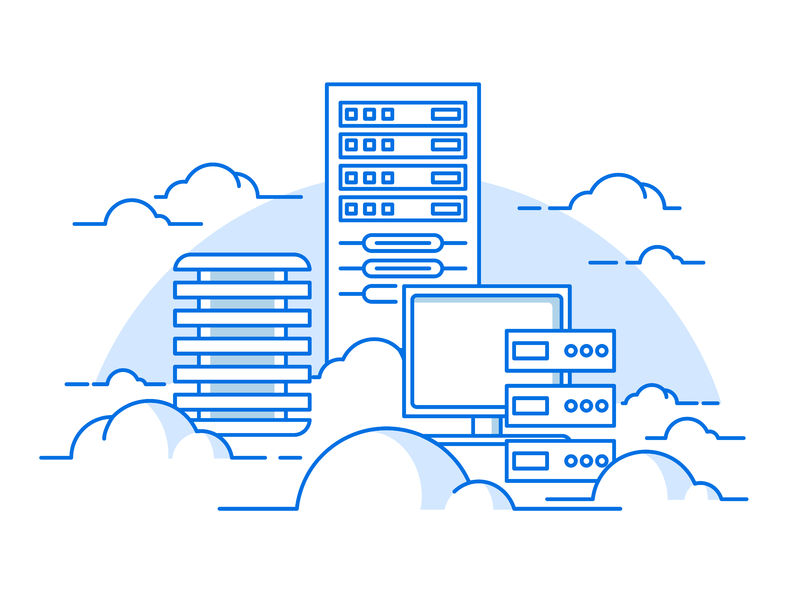DNS vs DHCP. Are they connected?
In networking, two fundamental protocols are vital in connecting devices and enabling seamless...
ccTLD – Building Trust and Credibility with Country-Specific Domains
In today’s globalized world, establishing trust and credibility is paramount for any company looking to succeed online. One effective...
Single Point of Failure (SPOF): How to Identify and Eliminate It?
The risk of a Single Point of Failure (SPOF) has become a critical concern in interconnected modern...
Telnet Explained: What Is It and How It Works?
In the world of computing and networking, Telnet has been an essential tool for connecting computers and devices remotely. Despite being an...
Decoding Error 500: Understanding, Preventing, and Resolving the Internal Server Error
Error 500, the “500 Internal Server Error,” casts a shadow in the digital landscape, marking moments of unexpected turbulence...
Network Monitoring: Ensuring the Pulse of Digital Communications
Network monitoring is an essential practice in modern IT infrastructure management, ensuring the...
rDNS explained in detail
Have you ever heard of rDNS? It may not be as well-known as its opposite, forward DNS, but in today’s digital world, rDNS plays a...
MAC Address: Everything You Need to Know
A MAC address is a unique identifier assigned to every device that connects to a network. Whether you’re using a smartphone, laptop,...
What is a Secondary DNS server?
Having a Secondary DNS server is crucial for website owners who want to ensure uptime and minimize...










